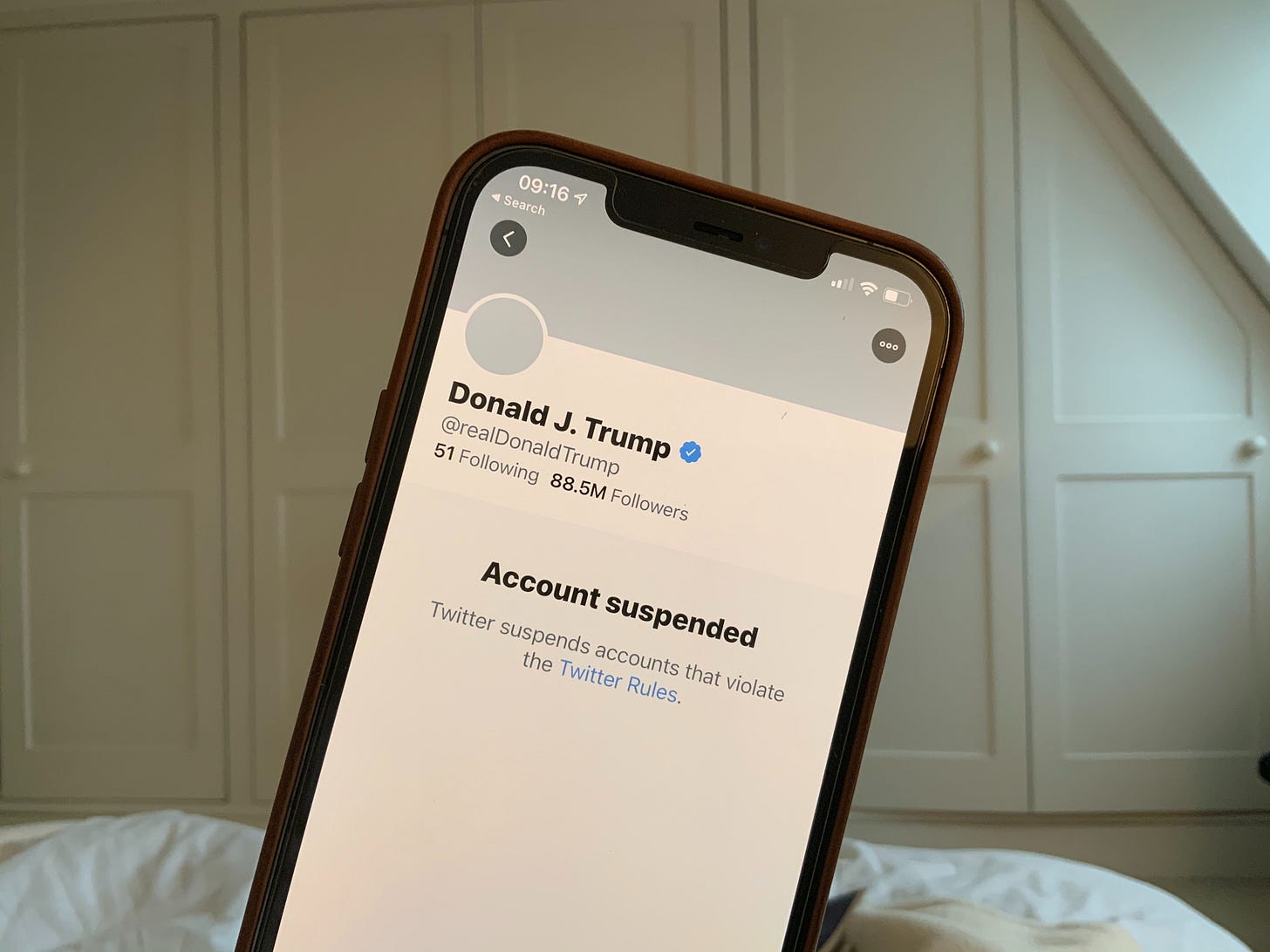How Cool Twitter Was Before Elon Ruined It
Scaling the “Fail Whale” Just to Fail Again
Believe it or not, X wasn’t always the social media “powerhouse” that it is today. Or used to be up until Elon Musk bought the thing.
The real Twitter, the good old one, started as a simple side project of a podcasting company called Odeo, back in 2006.
Co-founder Jack Dorsey had a vision for a platform that would allow people to share short messages, o…
Keep reading with a 7-day free trial
Subscribe to Letters by Burk to keep reading this post and get 7 days of free access to the full post archives.



